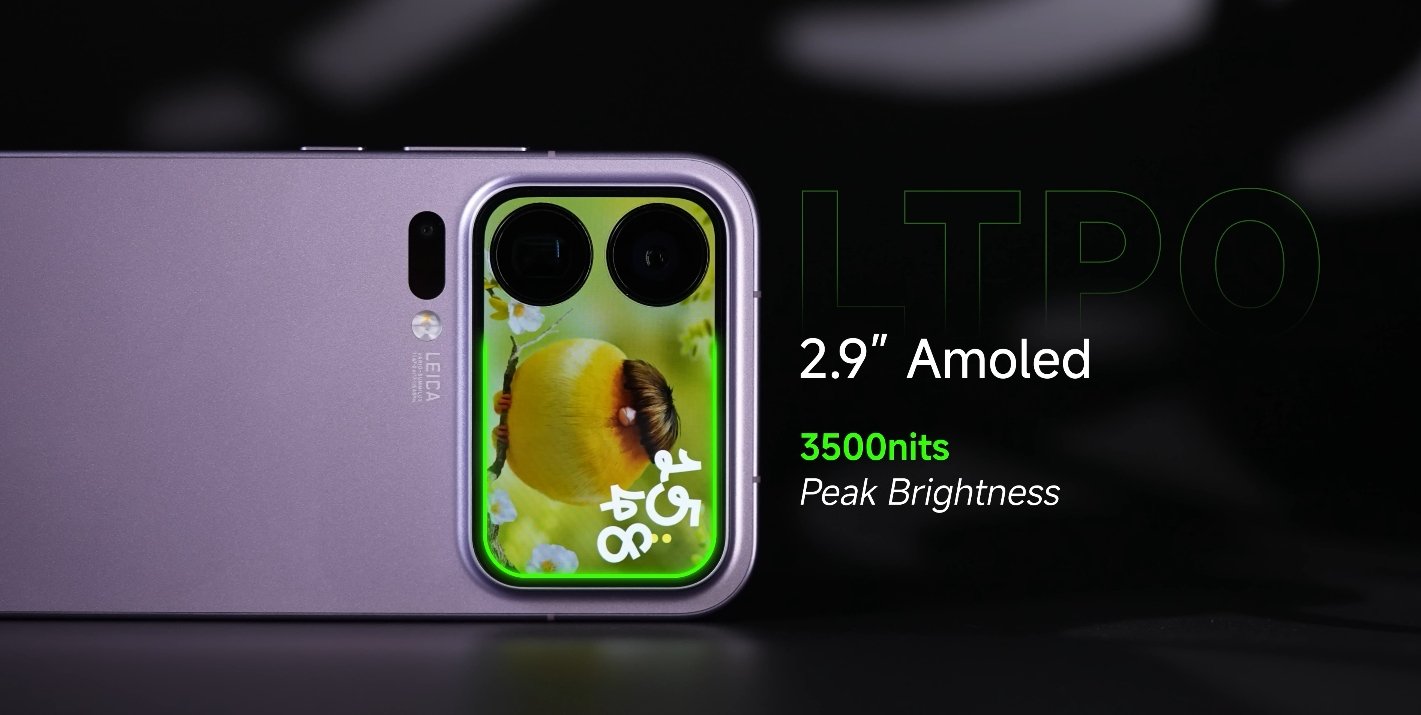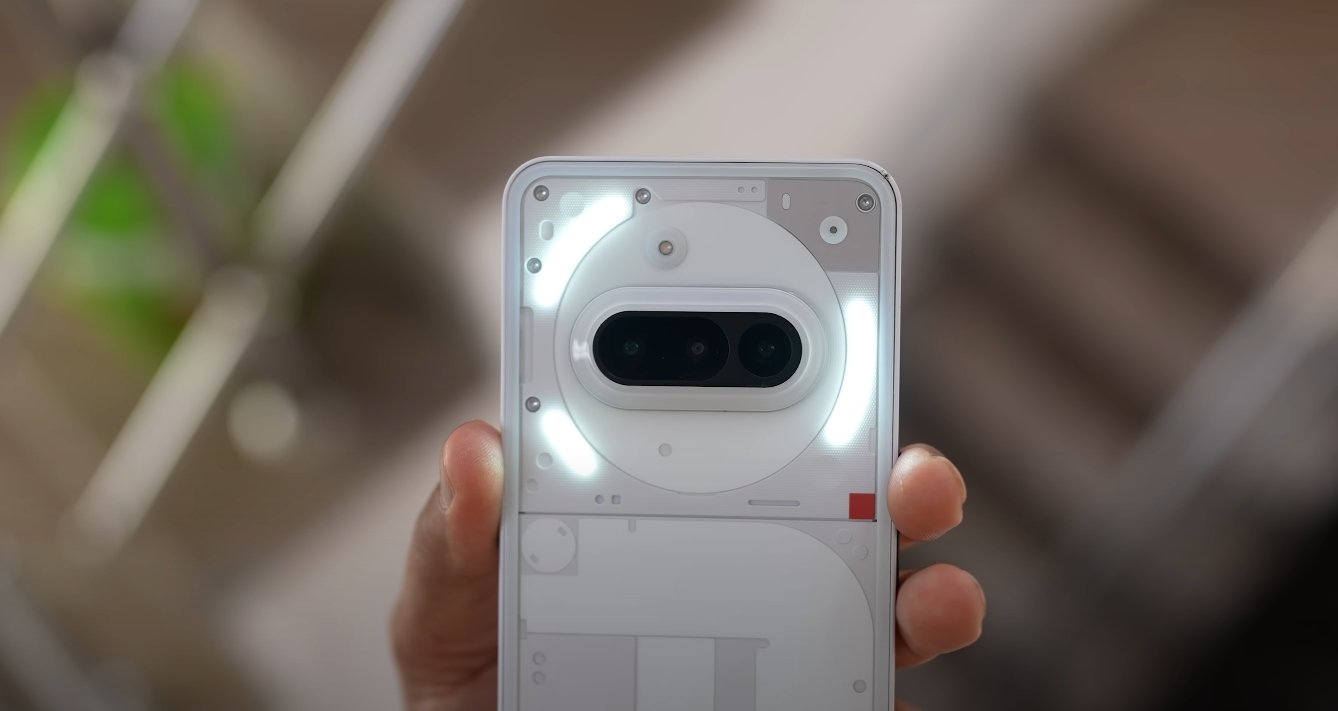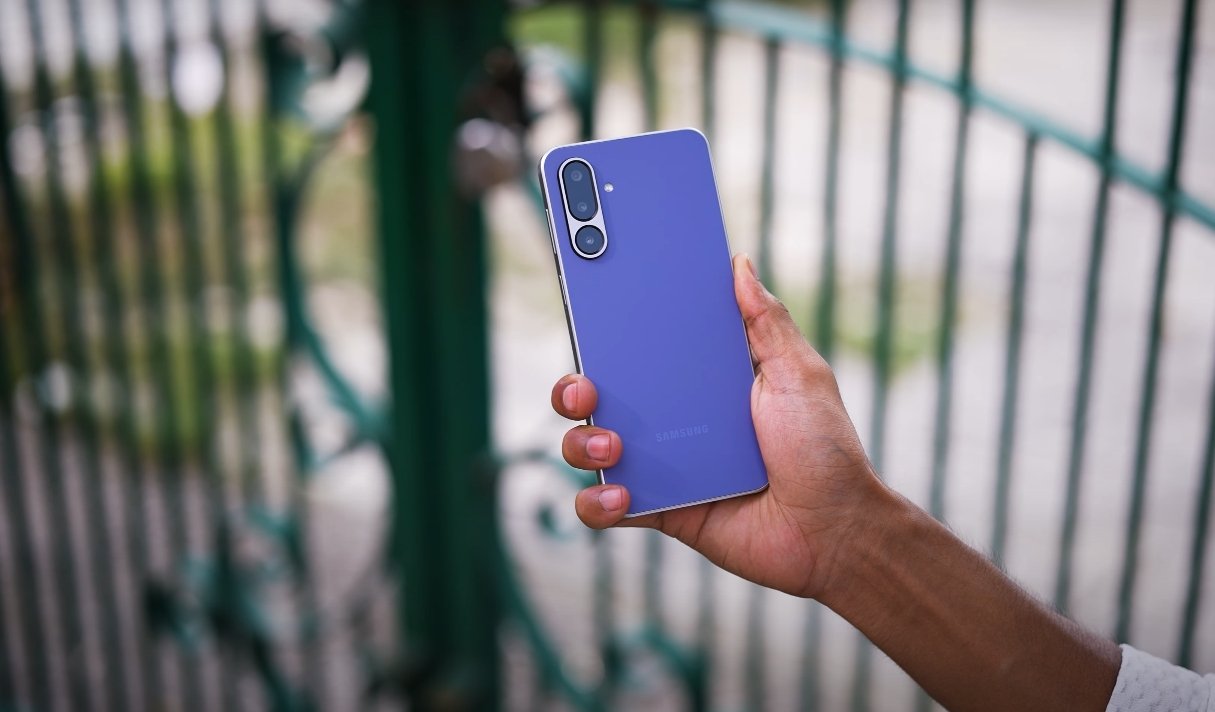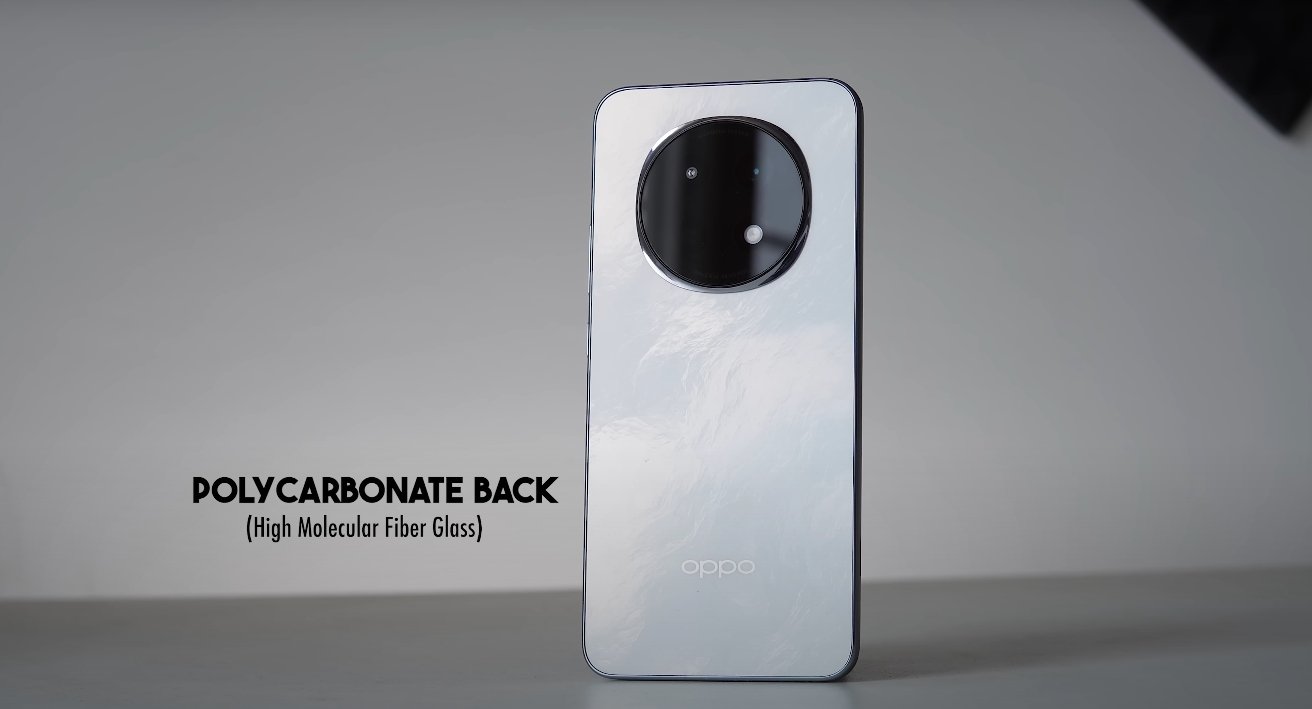Flagship Display Battle Between Xiaomi and Samsung
The display performance of modern flagship smartphones has become one of the biggest deciding factors for buyers. In 2025, two of the most talked-about premium models, the Xiaomi 17 Pro Max and the Samsung Galaxy S24 Ultra, stand out for their exceptional screen technology. Both aim to deliver the most vivid, bright, and responsive viewing experience, but they differ in their design approach, display technology, and tuning.
Starting with the Xiaomi 17 Pro Max, the company has pushed display innovation to new levels. It features a massive 6.9-inch LTPO AMOLED display with adaptive refresh rates up to 120Hz. Xiaomi has focused heavily on brightness this time, claiming a peak level that surpasses 3,000 nits, which makes the screen exceptionally easy to view even under direct sunlight. The phone also includes a secondary rear display, adding a unique functionality that allows users to see notifications, take selfies, or access widgets without turning on the main screen. This combination of dual displays sets the Xiaomi 17 Pro Max apart in the flagship category.
On the other hand, the Samsung Galaxy S24 Ultra comes with a 6.8-inch Dynamic AMOLED 2X panel, which remains one of the most refined and color-accurate screens available. Samsung’s QHD+ resolution, paired with a high pixel density above 500 ppi, ensures incredible sharpness for reading, gaming, and media playback. The panel supports a 120Hz adaptive refresh rate and offers HDR10+ certification for vivid video reproduction. Its color calibration leans slightly toward natural tones, giving the S24 Ultra a professional and balanced display output that photographers and content creators appreciate.
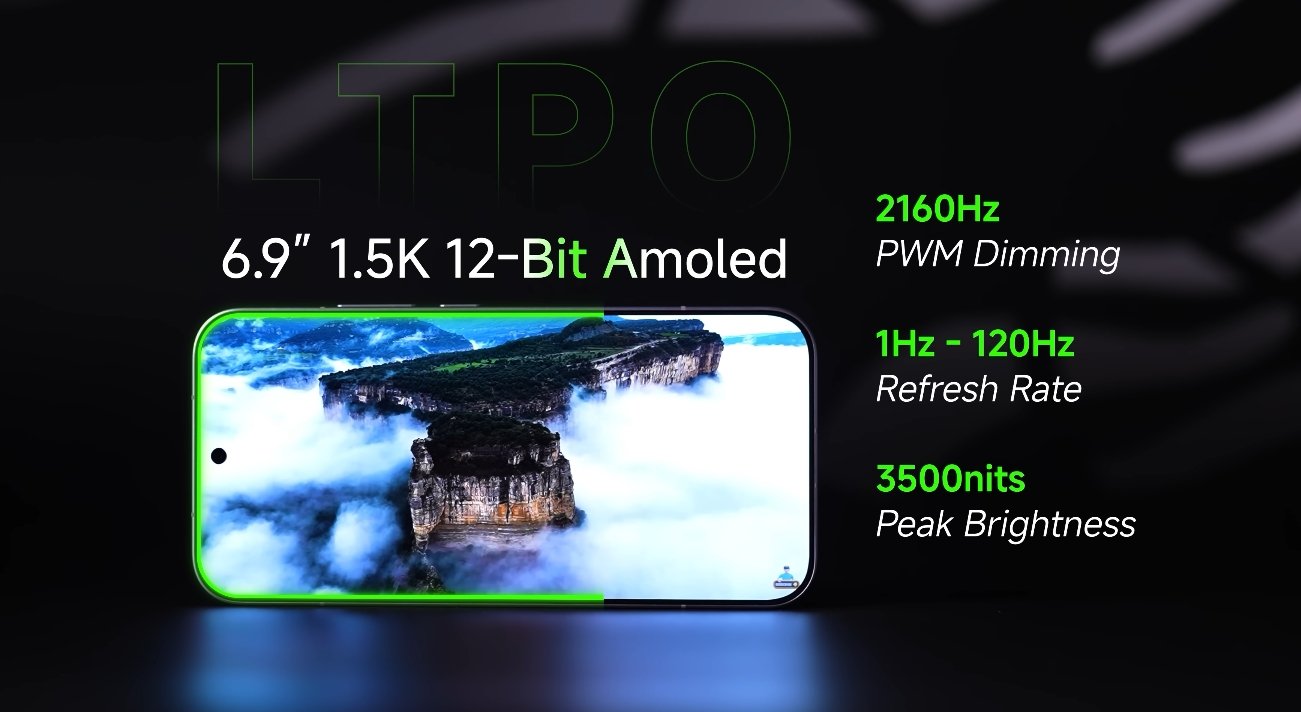
In terms of brightness, Xiaomi takes the lead on paper. The 17 Pro Max boasts a significantly higher maximum brightness level, which gives it an advantage in outdoor readability. When used in bright conditions, such as during daylight or while traveling, the Xiaomi’s screen maintains stronger visibility and contrast. The Galaxy S24 Ultra still performs exceptionally well, but it tends to limit brightness slightly to conserve battery life. In typical indoor or shaded environments, both screens appear equally impressive, offering deep blacks and vibrant colors.
Resolution and clarity are areas where Samsung continues to hold a slight edge. The S24 Ultra’s QHD+ resolution ensures text, icons, and images look exceptionally crisp, especially when compared side-by-side with Xiaomi’s slightly lower resolution panel. This difference becomes more noticeable in tasks like reading small text or editing photos. However, Xiaomi’s screen size and advanced LTPO technology compensate for this with fluid transitions, making the user experience equally smooth. The adaptive refresh rate also helps both phones optimize battery life, dynamically switching between low and high refresh rates depending on the content.
Color reproduction and contrast are both top-tier in these devices. Samsung’s Dynamic AMOLED 2X panel remains known for its precise calibration and consistent color output. The Galaxy S24 Ultra delivers lifelike tones and excellent HDR performance, especially during video playback or gaming. Xiaomi, on the other hand, has tuned its display to appear slightly more saturated and bright, which some users find visually striking. The difference comes down to personal preference—Samsung’s display is more accurate and natural, while Xiaomi’s is more vibrant and eye-catching.
Another key factor to consider is the user experience in different scenarios. The Xiaomi 17 Pro Max’s dual-screen setup provides extra convenience, letting users use the rear display for notifications or selfies. This not only adds functionality but also reduces power consumption since the secondary screen can handle quick tasks without activating the main panel. The Galaxy S24 Ultra does not feature a secondary display, but its flat-screen design and strong glass protection make it more practical for stylus users and professionals who prefer precision over novelty.
When it comes to battery efficiency, both smartphones use LTPO panels, meaning they automatically adjust refresh rates to save power. Despite Xiaomi’s higher brightness potential, both phones perform similarly in daily use because neither maintains maximum brightness continuously. Samsung’s display tuning tends to favor efficiency during longer screen-on times, while Xiaomi prioritizes peak visual performance when needed.
Overall, the Xiaomi 17 Pro Max and Galaxy S24 Ultra represent the best of what display technology currently offers. Xiaomi leads with sheer brightness, size, and innovative dual-display functionality, making it perfect for users who value outdoor visibility and creative use cases. Samsung dominates in clarity, sharpness, and color accuracy, appealing to professionals who demand precision and a refined visual experience.
In conclusion, the Xiaomi 17 Pro Max offers a bolder and brighter experience, while the Galaxy S24 Ultra provides a more balanced and accurate display. If you want innovation and a unique design, Xiaomi stands out. If you prioritize detail, true-to-life colors, and a proven flagship experience, the Galaxy S24 Ultra remains the more polished choice. Both deliver exceptional screens, making this one of the closest flagship display battles of 2025.
